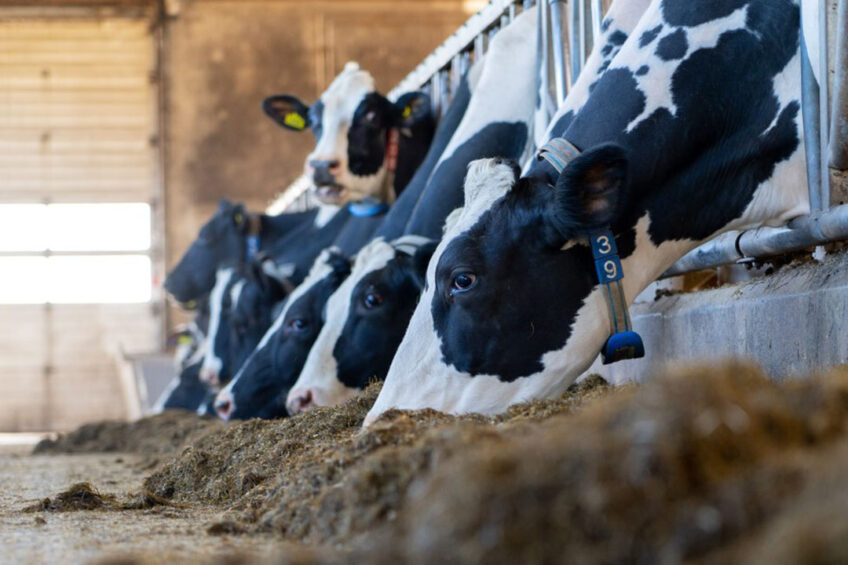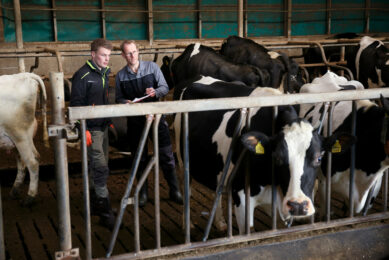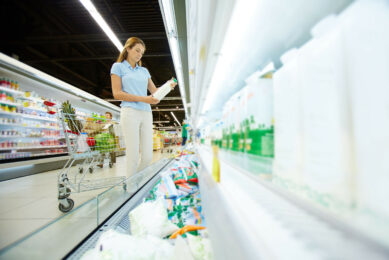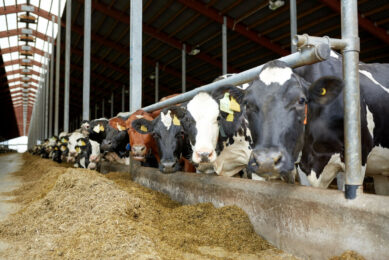A look at Russia’s dairy sector in the year ahead

In 2023, the Russian dairy industry will go through a major transformation influenced by a nosedive in purchasing power of the population and falling exports, Artem Belov, general director of the Russian Union of dairy producers Soyuzmoloko, said during a conference in Moscow.
This year, Russian dairy production is expected to rise by 3.5% compared with the previous year, or by 1 million tonnes in volume. The upward trend is primarily attributed to profitability in the industry due to substantial state aid.
The key trends in the Russian dairy industry remained predominantly positive, despite the turbulent 2020 and 2021, as both dairy production and processing was on the rise, export was expanding, and import shrinking, Belov said.
Plummeting demand
However, 2022 brought a series of new substantial challenges, the real influence of which is yet to be fully realised, Belov said. The key thing, he noted, is the falling real disposable incomes of the Russian population.
“Currently, the decline in demand [on the Russian dairy market] is estimated at 15% year-on-year,” Belov said, attributing this to lower incomes. In addition, foreign sales, which have become the backbone of the Russian dairy industry in the past several years, are also hampered by several factors.
Strong ruble
“The second essential factor that we now have to face is the Russian ruble situation, an unfavourable [exchange rate] for Russian exporters and manufacturers,” Belov said.
After a sharp depreciation in the first weeks of the Ukraine war, Russia saw the exchange rate of its national currency strengthen in the next several months.
This phenomenon was associated with disparities in Russia’s trade balance as Western sanctions caused imports to plummet while export of hydrocarbons continued at a relatively high level throughout the year. Due to slumping imports, the demand for foreign currency on the Russian currency exchange market appeared to be extremely weak.
Falling effectiveness
Western sanctions also impacted the Russian dairy industry, Belov said, adding that there are issues around supplying import equipment, spare parts, veterinary drugs, and so on.
“This means a potential decrease in production and efficiency in both the raw materials and processing sectors, and as a result, an increase in costs, a decrease in profitability and a slowdown in investment activity in the Russian dairy industry,” Belov said.
Join 13,000+ subscribers
Subscribe to our newsletter to stay updated about all the need-to-know content in the dairy sector, two times a week.










